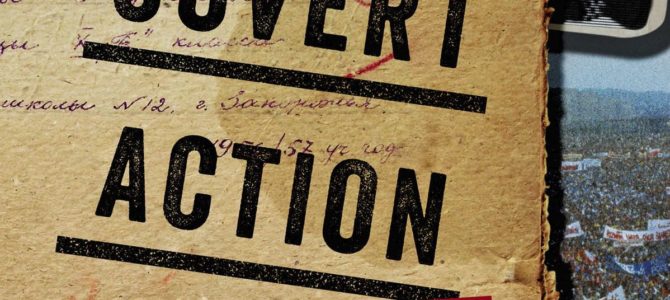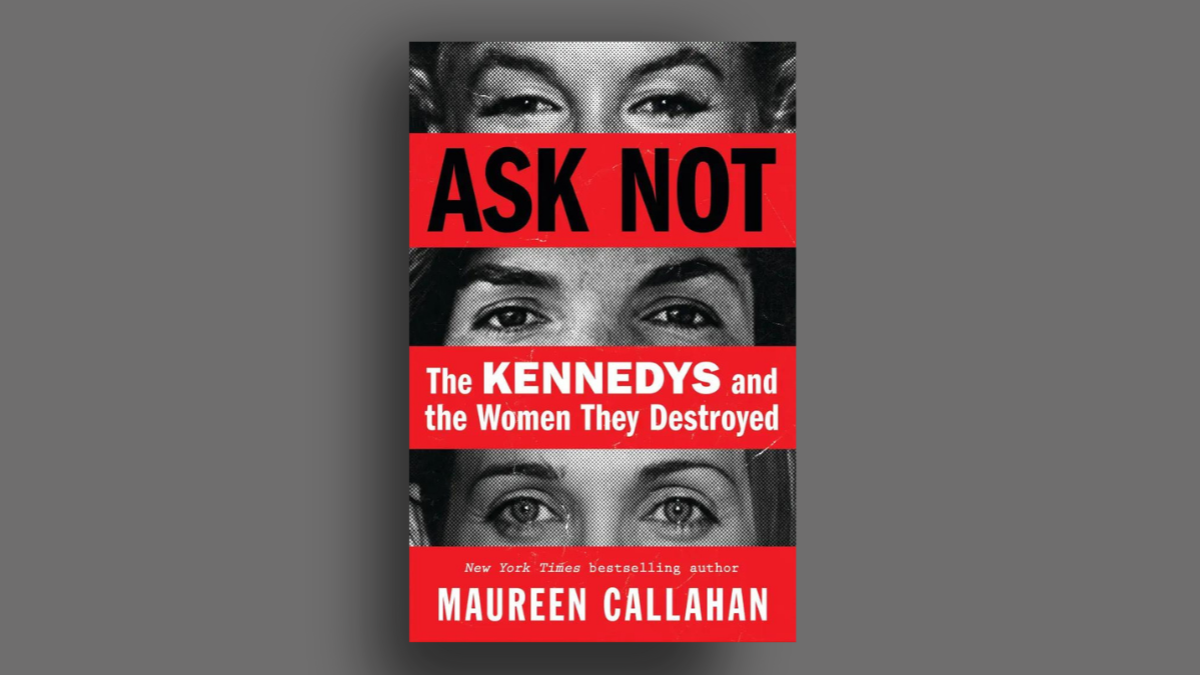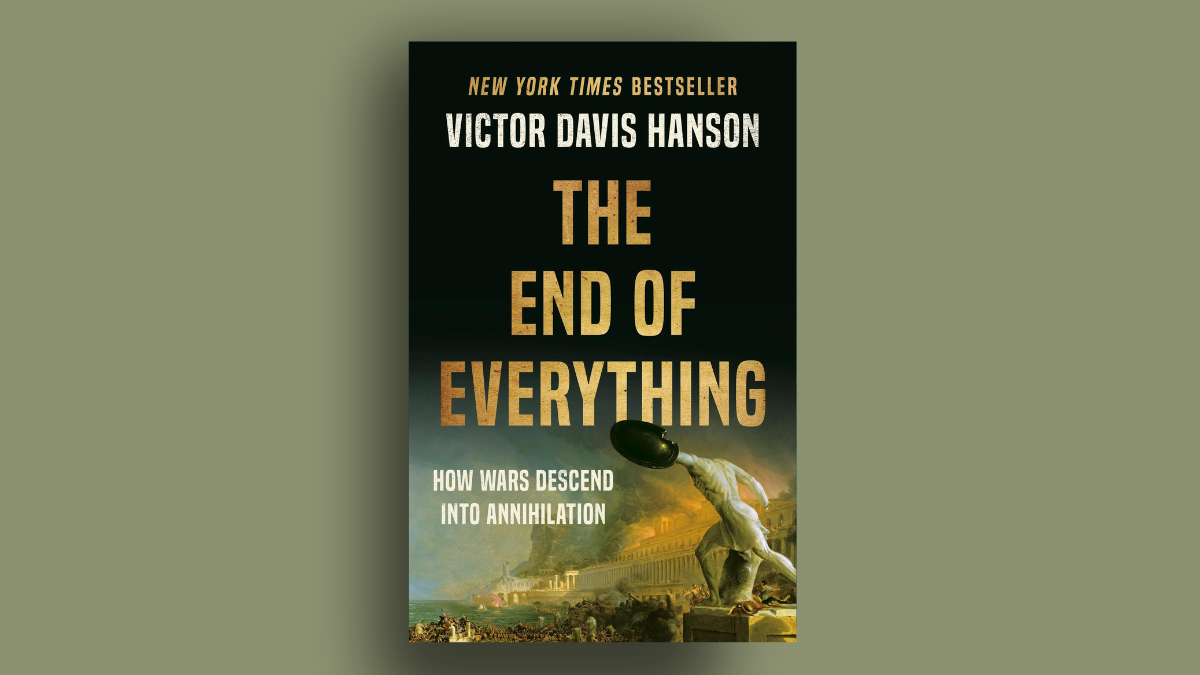
If asked about President Reagan’s contribution to the end of the Cold War, most would likely mention him upping the ante in the United States’ economic and defense struggle against the Soviet Union rather than his enormous support for Solidarity, the ten million-strong nonviolent resistance movement in Poland whose success ultimately threw Soviet domination of Eastern Europe to the ash heap of history.
However, Seth G. Jones’ new book A Covert Action: Reagan, the CIA, and the Cold War Struggle in Poland, a must-read for all interested in the Cold War and American foreign policy, brilliantly shows that the extent of Reagan’s aid to the Polish union was much greater than anyone had previously thought.
Relying on materials in the National Security Archive and Ronald Reagan Presidential Library as well as interviews with former Reagan administration and CIA officials, Jones has written a gripping account of how the Gipper authorized the CIA to devote $20 million ($40 million in today’s dollars) to aid the peaceful revolution in Poland in a covert action codenamed QRHELPFUL.
Unlike Afghanistan, where the CIA actually armed the mujaheddin, in Poland it supported only non-lethal opposition to the communist regime. Thus it refused to support Fighting Solidarity, which did not eschew violent resistance to the dictatorship. Rather, QRHELPFUL bolstered Solidarity in the clash of ideas, providing equipment to the movement so it could print samizdat publications such as Tygodnik Mazowsze, leaflets, and the illegal Radio Solidarity.
Unsung Heroes
In order to not arouse the Polish regime’s suspicion, equipment for Solidarity was purchased in Western Europe then smuggled into Poland. Truck drivers and commercial ship workers from nearby West Germany and Scandinavia worked with the CIA, concealing the contraband materials in their cargo, which was then collected by incognito underground Solidarity activists in shipyards and loading docks.
QRHELPFUL’s activity was not limited to Poland. The CIA also worked to increase popular support for Solidarity internationally, and thus instigated protests against Polish caudillo Gen. Wojciech Jaruzelski’s declaration of martial law in capitals as distant as Mexico City and Paris. Meanwhile, the CIA produced and distributed many T-shirts, pens, and other knickknacks bearing the iconic puffy red Solidarity logo.
A Covert Action consists of two distinct, albeit interwoven, narratives. Its chapters alternate between those outlining the CIA’s activities in Langley, Poland, and elsewhere and those on Solidarity’s struggle. Jones makes it clear that QRHELPFUL would not have succeeded if Solidarity had not been a massive grassroots movement fueled by the bravery of the Polish people. “The true patriots in Poland—and the ones who deserved the magnitude of the credit for the collapse of Communism—were the men and woman of Solidarity, who paid a heavy price opposing the Jaruzelski regime,” he writes admiringly.
Jones introduces Americans to unsung Polish heroes who helped win the Cold War, such as Col. Ryszard Kukliński, a member of the Polish General Staff who provided the CIA with 40,000 pages of top-secret Warsaw Pact documents, or Blessed Jerzy Popiełuszko, a heroic pro-Solidarity Catholic priest who was brutally handed the palm of martyrdom by thuggish policemen working for the communist Ministry of the Interior.
Religion is very much present in A Covert Action. That Pope John Paul II’s 1979 pilgrimage to Poland played a key role in the rise of Solidarity is now an axiom in Cold War history; that this visit busted the first bricks from the Berlin Wall is recognized in John Lewis Gaddis’ Cold War: A New History and was the subject of the excellent documentary Nine Days That Changed the World, for instance. However, few historians have discussed the role of Catholicism in Poland’s nonviolent revolution after 1979. Jones fills this gap, showing how many priests and bishops supported Solidarity throughout the 1980s and how John Paul II’s 1987 visit to his homeland reenergized Solidarity, whose morale was flagging.
Unfortunately, whereas Jones mentions in passing that although Reagan was a Protestant who nonetheless had great respect for Catholicism, his Irish-American father’s denomination, he fails to mention how Reagan’s religious faith encouraged his support for Solidarity, something chronicled in detail in Paul Kengor’s A Pope and a President.
A Special Relationship
Jones’ recreation of Solidarity’s history is timely. While Americans who were around in the 1980s remember when Solidarity dominated the nightly news, millennials have at best had a couple pages in their high school history books devoted to the nonviolent Polish revolution. The fact that most of the secondary sources Jones uses in his chapters chronicling Solidarity come from the 1980s and early 1990s speaks volumes about the need for a reminder of this important chapter in Cold War history.
As an American outsider, Jones also offers valuable perspectives on Polish society’s debates about its recent history. Whereas some Poles view Jaruzelski as a patriot who saved Poland from Soviet invasion by declaring martial law, Jones quotes declassified Soviet archives showing that Jaruzelski actually begged Brezhnev for military assistance in fighting Solidarity. Jones’ account of the dictator adds credence to the assertion by Caspar Weinberger, Ronald Reagan’s secretary of defense, that Jaruzelski was “a Soviet general in a Polish uniform.”
Meanwhile, Poland has been polarized by accusations that Solidarity’s charismatic leader (and the country’s president from 1990 to 1995) Lech Walesa was an informant of the communist secret police. Jones offers this nuanced response: “While it is plausible that a young, unemployed Walesa with a wife and growing family may have agreed to briefly serve as an informant, Walesa’s pivotal role in undermining Communism during the Cold War is incontrovertible.”
The United States and Poland, two nations that cherish freedom, have a special relationship. Poles such as Thaddeus Kosciusko, who designed the fortifications at Saratoga and West Point, and Casimir Pulaski, the father of the American cavalry, shared their military expertise with Revolutionary troops fighting for independence from the British.
However, what many consider Franklin D. Roosevelt’s excessively lenient attitude towards Joseph Stalin on the Polish question at Yalta left a bitter taste in many Polish mouths. In his fine new book, Jones proves that in the 1980s Washington more than made up for these past transgressions and helped make Poland a free and prosperous member of the European family once again.









